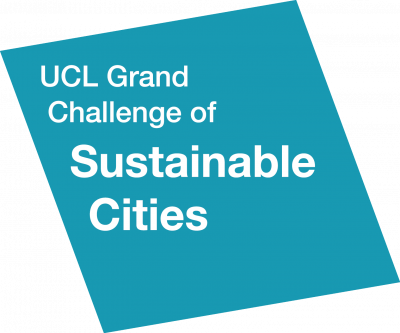Seeing red: the impact of light colour on thermal comfort and energy demand in cities
A Sustainable cities Grand Challenge funded project
1 October 2013
The ‘Hue-Heat Hypothesis’ states that light waves with wavelengths predominantly of the red end of the wavelength spectrum are felt as warm and those toward the blue end as cool(er). Manipulation of the light colour could hence be a powerful tool for energy-saving in buildings if temperatures could be lowered under a reddish illumination in the heating season, or, conversely, be kept higher under bluish illumination in air-conditioned buildings. Whilst the Hue-Heat-Hypothesis has been around since 1926 (Mogensen & English), little well-constructed empirical research has been done to test it, and results are inconclusive.
The potential of energy savings through changes in illumination are large: We spend about 20 hours per day indoors, often under artificial illumination, and most carbon emissions are created through space heating.
In the first part, the hypothesis will be tested under controlled conditions. Participants will be exposed to different combinations of external temperature and light colour in a climate chamber that allows exact control both of temperature and illumination. They will be asked to judge their thermal comfort using standardized thermal comfort scales at several time points throughout each session in the climate chamber. Heart rate will be monitored using a wristband in order to assess metabolic activity which has a high impact on comfort. Participants will be asked to fill in a survey with questions about gender, body weight, body height, activity level prior to testing, and level of clothing. To create the different lighting conditions, an LED-based lightning system will be installed that can be controlled remotely. Every participant will be tested repeatedly in order to decrease error-variance due to individual differences. Given inconclusive previous findings and little specification of what colours work best, we expect having to test a wide range of conditions.
In the second part of the project - once conditions that have an impact on thermal comfort are narrowed down - an office environment will be recreated to assess thermal comfort under those more natural conditions. Participants will be given a laptop and are asked to bring some working material with them and stay in the office-set up for two hours under one specific illumination. Again, they will be asked to rate their thermal comfort at certain intervals.
Using illumination as a tool to reduce energy consumption is directly linked to the theme of “Sustainable Cities” in which carbon emissions in the built environment will have to be reduced drastically.If a positive finding linking colour temperature to comfort is found, the work will be fed into the Cisco, UCL, and Imperial College London's ‘Future Cities’ project.
The project is pioneering new approaches to energy management in buildings by linking them to smart grids so they can respond to rises and falls in available energy in real time.
 Close
Close


